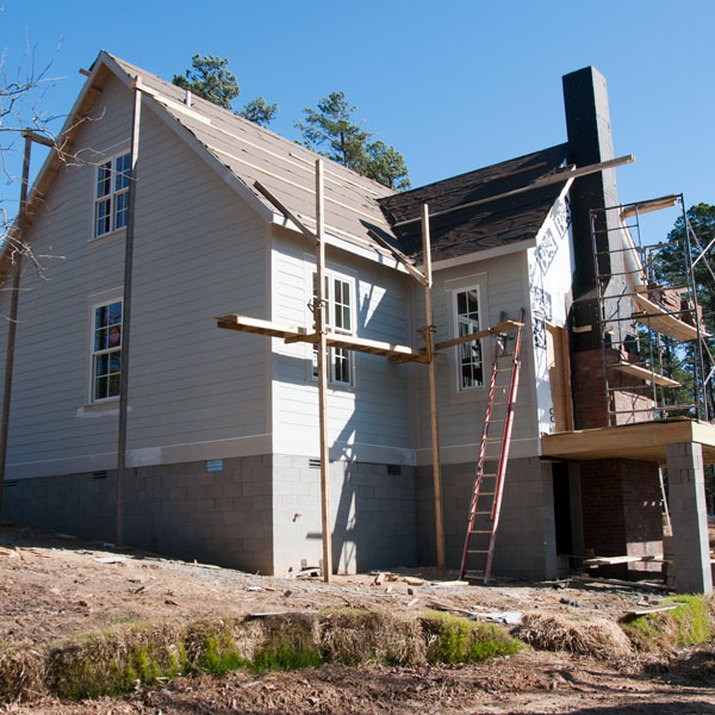
Overview
In early 2012, award-winning designer P. Allen Smith took on the challenge of building an eco-friendly, stylish home in 150 days for under $150,000. Careful planning and ingenious use of common materials helped Smith meet the ambitious goals he set for the Garden Home Challenge. Check out his suggestions for how you can build a stylish home on a budget.

1. Set a Realistic Budget
Consider the average cost of homes in your area, available materials, and what you're able to spend. The national average for home prices is approximately $200,000, but Smith believes the project's $150,000 budget will be enough to create a comfortable, stylish home on his farm outside of Little Rock, Arkansas. He plans to use the floor plan as a canvas and common materials as the medium to reduce costs and add charm.
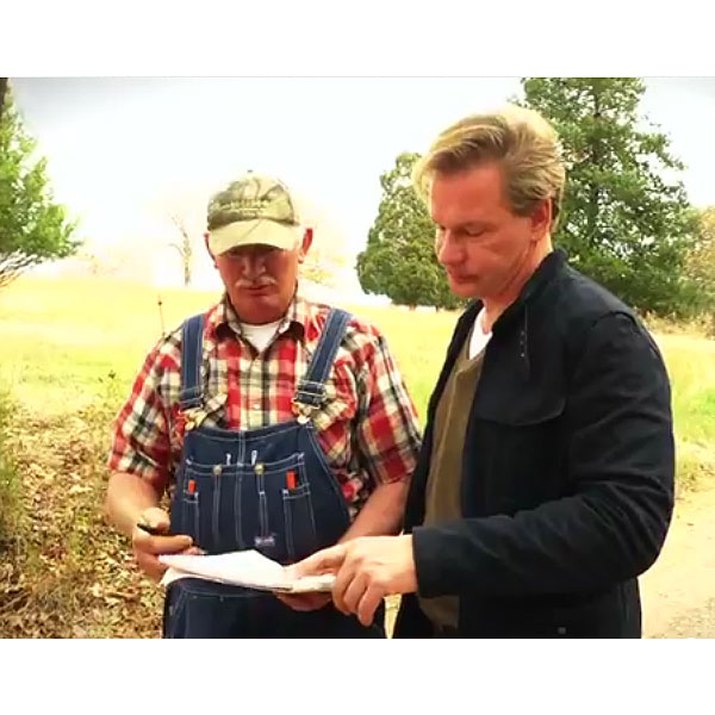
2. Work With Experienced Professionals
Although Smith is the visionary for the Garden Home Challenge, a team of experts helps his dreams become reality. He suggests asking contractors and construction crews for opinions and insight on projects and materials. Experienced professionals often know trade secrets you can use to cut costs and still maintain quality.
Related: Meet the Garden Home Challenge Team

3. Stay Involved From Beginning to End
Smith doesn't advocate doing all the work yourself, but he does believe homeowners should be hands-on and engaged on a daily basis. Catching problems as they develop saves time; and saving time almost always means saving money on construction projects.
Related: Preserving Native Plants

4. Make the Most of Your Property
Careful siting can lower costs during construction and for years to come. For example, preserving trees on the property can reduce site prep expenses. Plus, trees enhance a home's value and help shield it from summer sun and winter winds.
Related: Choosing a Home Location

5. Be Realistic About Your Needs
It's one thing to design a home – it's another to make it functional for your family, furniture and budget. You need enough space for comfort, but not so much that maintaining the home puts stress on your time or finances. A good floor plan accommodates the way your family lives, works and plays.
Related: The Floor Plan Becomes a Reality
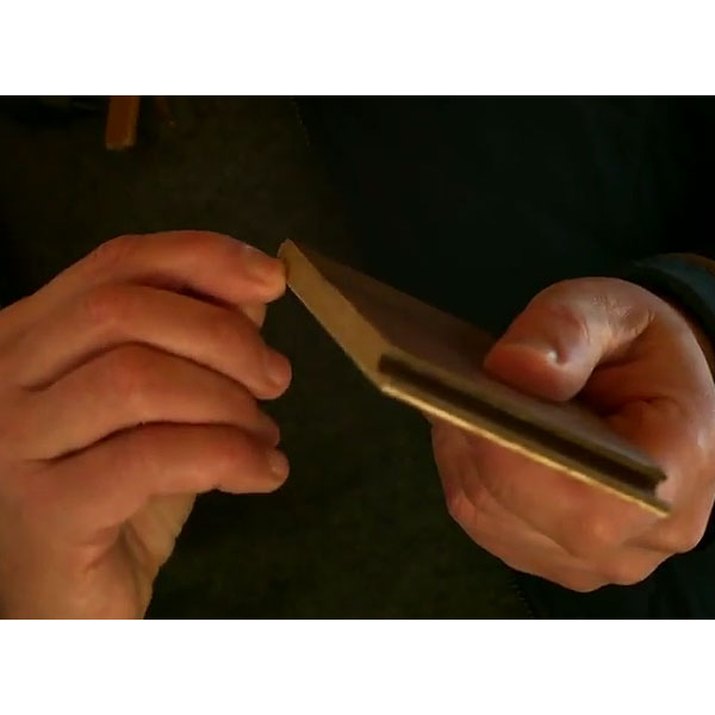
6. Use Simple Materials
Smith encourages homeowners to develop a "use-what-you-have" mentality. For example, when faced with the choice of spending more than $10,000 on flooring, he used raw pine to cut the cost of flooring to less than $2,000 instead. Ultimately, the painted pine floor will add to the Garden Home's farmhouse appeal.
Related: Flooring on a Budget
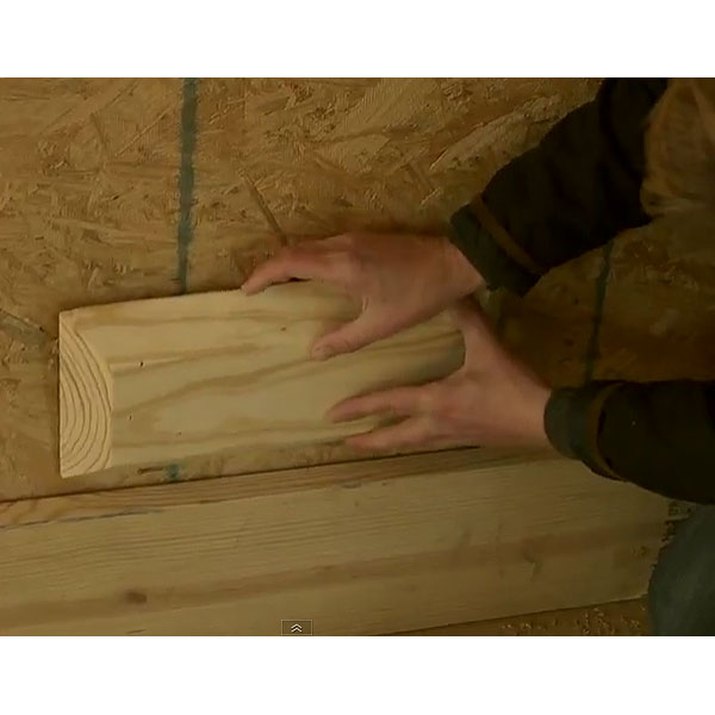
7. Repurpose Scraps
What looks like waste lumber to some people, looks like a money-saving opportunity to Smith. For the Garden Home, crews shaped scrap two-by-eights from the framing into blocks to cover the walls of the entry hall, eliminating the need for drywall. Smith suggests considering all scrap as a resource to help you cut construction expenses.
Related: Using Scrap Lumber
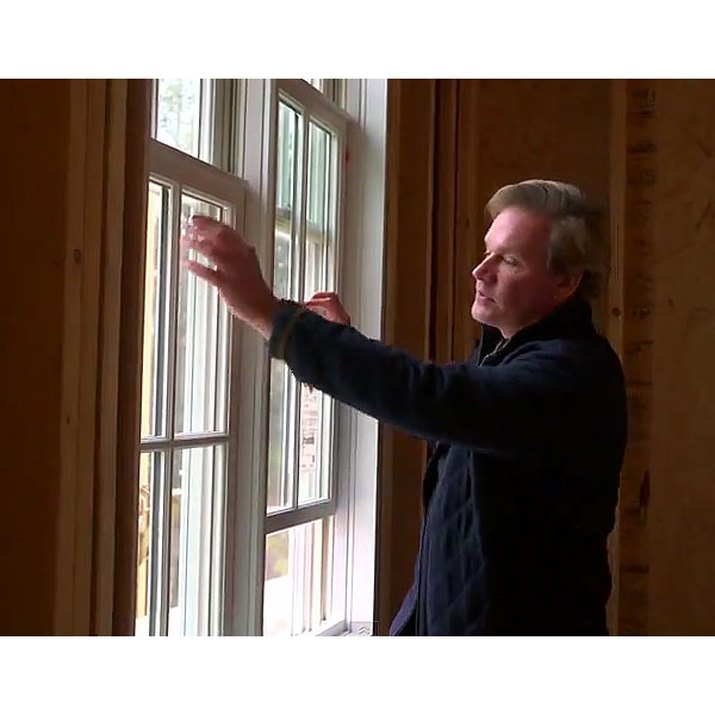
8. Invest Where It Matters
Spending a little more money on certain high-quality materials can save money over your lifetime in the house. According to Smith, those are the places to splurge. He invested in energy-efficient windows and doors with the highest Energy Star rating, knowing they will reduce heating and cooling costs for years to come.
Related: Choosing Windows
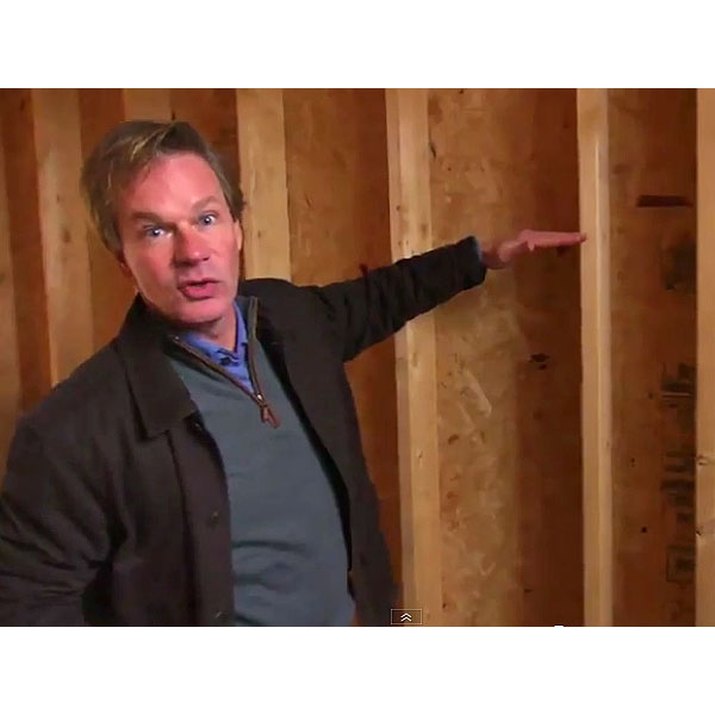
9. Plan the Beginning With the End in Mind
Smith suggests visualizing the end result throughout construction and moving toward that end with every decision -- large or small. Even small choices can reduce expense and aggravation later on. For example, Smith uses scrap lumber to add blocking to support kitchen cabinets, bathroom mirrors, and heavy artwork in the finished house.
Related: Cabinet Blocking 101
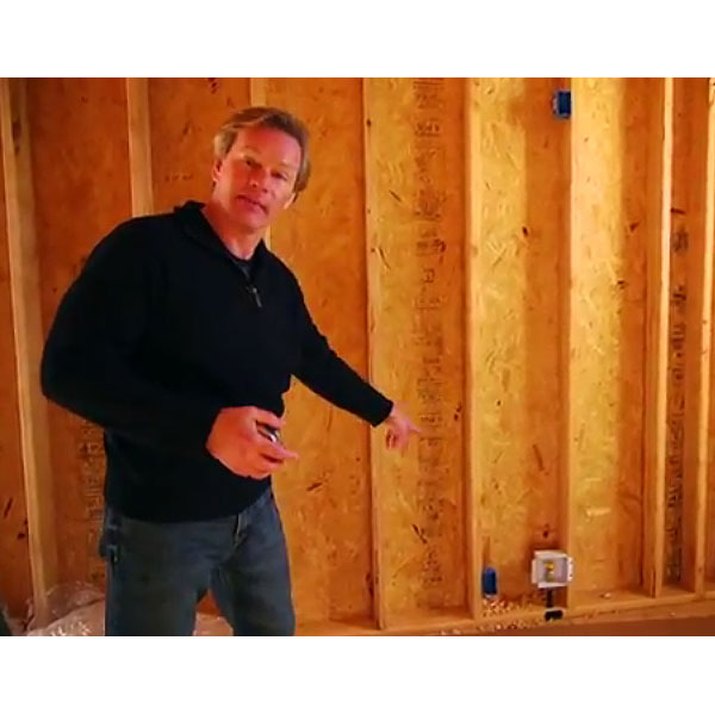
10. Walk It Out
Starting with a good plan is essential, but reviewing blueprints is not enough. At every stage, Smith recommends walking the site to re-evaluate and reassess. Even the wiring plan may need to be revised as the house becomes a reality. Before the electrician arrives, you need to walk every room, imagining the furniture placement and traffic flow, to make sure outlets are placed in logical, convenient locations.
Related: Placing Electrical Sources
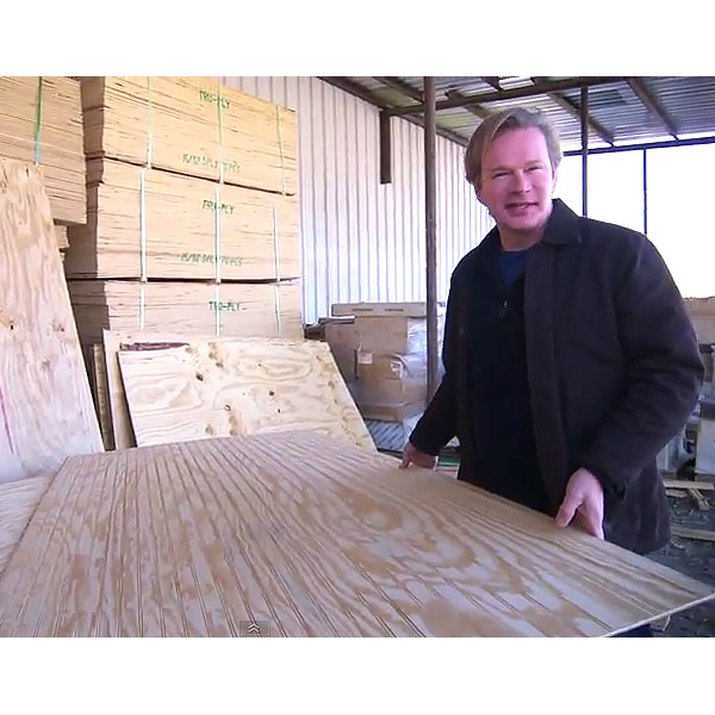
11. Substitute Less Expensive Materials
Drywall and the labor required to hang and finish it can be expensive. To meet his budget challenge, Smith replaced drywall with less expensive materials that require less labor to install and finish. Galvanized corrugated barn tin covers the ceilings in the master bedroom; particle board disguised with burlap forms the living room walls; scrap lumber panels the entryway.
Related: Cheap Drywall Alternatives
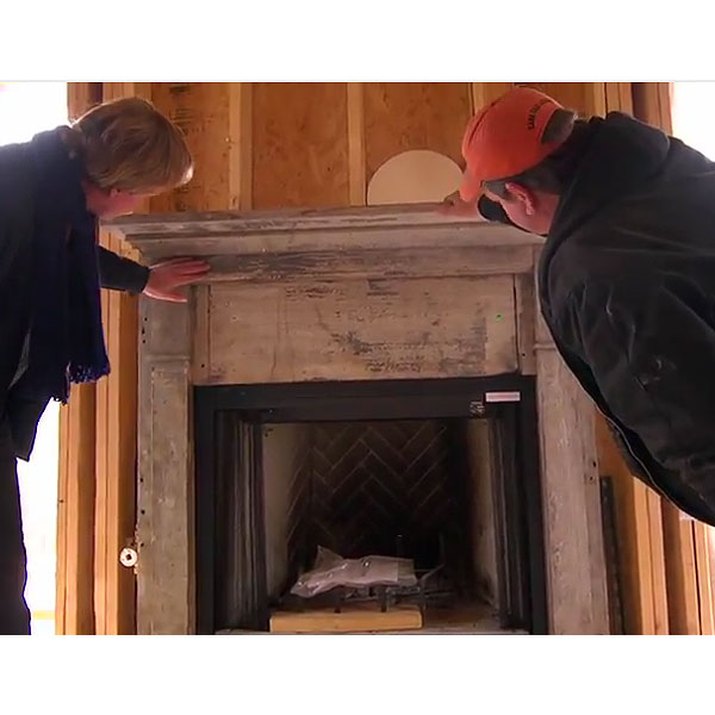
12. Enjoy the Process
Smith is a junk hound who prides himself on finding ways to add style without breaking the bank. He suggests looking at the budget as a challenge, not a barrier: Find what you love and figure out fun ways to use it. Making a game of it reduces the stress of building a home on a budget.
Related: A Worthy Mantle
Advertisement
Video of the Day